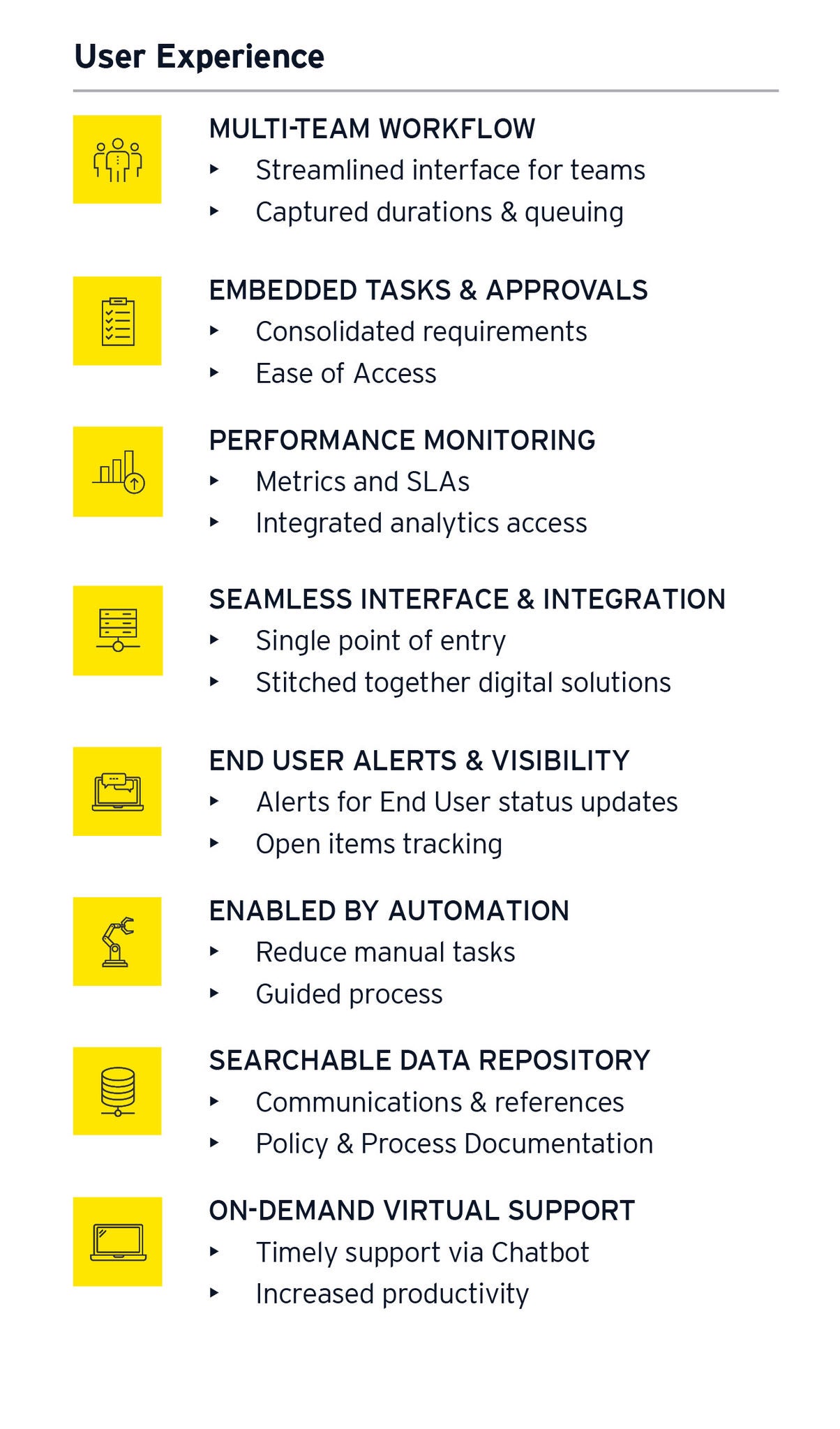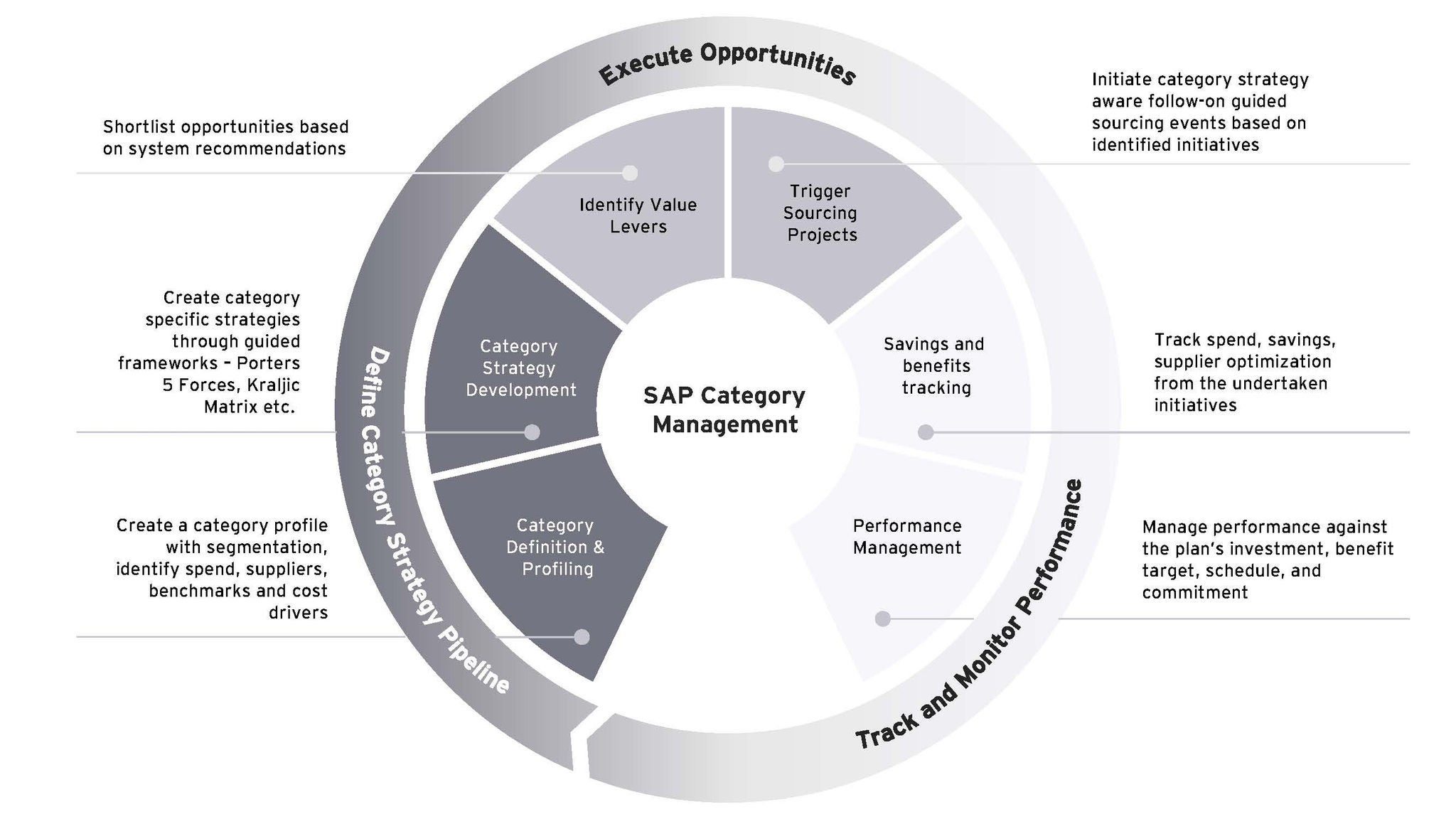EY refers to the global organization, and may refer to one or more, of the member firms of Ernst & Young Global Limited, each of which is a separate legal entity. Ernst & Young Global Limited, a UK company limited by guarantee, does not provide services to clients.

Contributed by:
Vijay Yalamanchili, EY Global Procurement Transformation Leader
Sandeep Bajaj, EY Canada Digital Procurement Leader
In a challenging landscape, creating efficiencies with technology-enabled category management is playing a key role in harnessing value.
In brief
- Procurement’s role is pivotal in the current economic climate as focus shifts to cost efficiencies while navigating price volatility, supply shortages, inflation, and sustainability regulations.
- Category management can result in 10-15% in cost savings, better supplier relationships, and data-driven procurement decision making. However, impediments include manual tasks, governance breakdown, and lack of data.
- Leading-edge technologies help unlock full potential value from category management by automating tasks, promoting collaboration, and bringing visibility to category performance.
As businesses strategize their way out of a slowing economy, focusing on bottom-line cost efficiencies is top of mind.
Procurement-driven value creation should be a critical part of the response strategy for business leaders. Procurement’s role has evolved as they take the lead in navigating price volatility, supply shortages, persistent inflationary markets, and regulatory requirements around sustainability.
At the heart of this ongoing transformation lies the concept of category management — a detailed approach to procurement that entails strategic management of goods and services across various categories.

What are the most pressing challenges for business leaders today?
- 56% of businesses see inflation as a continued challenge in the near term.
- More than 40% identified the rising cost of inputs, including labour, energy and raw materials, as an obstacle.
- Rising interest rates and debt costs represented the third most expected obstacle, with 42.5% of businesses expecting this over the next three months.
Source: Statistics Canada, Canadian Survey on Business Conditions, third quarter 2023
The benefits of category management are substantial, ranging from improving total cost of ownership to facilitating informed procurement decisions and stronger supplier relationships. However, the journey to harnessing the full potential of category management is riddled with challenges.

Category management and strategic sourcing can generate 10%-15% savings in direct and indirect spend, translating to significant impact on the bottom line.
Source: Based on the EY’s organization global experience in procurement cost takeout engagements
Lack of reliable and complete data, the demanding task of governance and stakeholder collaboration, and ad-hoc category strategy development processes act as impediments to success. This has a knock-on effect on the brand of procurement within the organization.

68% of CPOs noted that procurement’s role is increasingly important for the delivery of their business’s strategic outcomes.
Source: EY CPO Survey 2022
Here are four ways in which leading-edge technologies offer solutions to these challenges while generating a positive return on investment:
1. Implementation of governance – translating theory into practice: Effective governance and collaboration among stakeholders is critical for category management success. In the EY organization’s experience, this is the biggest failing point of effective category management. While developing paper-based governance models with well-defined RACIs look good in theory, making them a way of working in “business as usual” remains a challenge. Technology solutions provide centralized platforms for governance and collaboration, embedding alignment and focus across the organization.
2. Automation of processes – reducing manual effort: One of the biggest roadblocks to successful category management is the significant manual effort required to develop, execute and monitor category strategies. Technology platforms automate these tasks, freeing up valuable resources and allowing procurement teams to focus on strategic initiatives on an ongoing basis.
3. Data visibility, leading practice process, and standardized analysis templates – accelerating decision making: Traditional procurement approaches and disparate sources of data often struggle to provide broad visibility into spending patterns and procurement demand. This, coupled with a lack of standardized templates, hinders development of effective category strategies. Leading technology solutions offer advanced analytics and real-time data access tailored into easy-to-use templates — for example, SWOT and Porter’s Five Forces analyses — that help users focus on the insights and decision-making. More importantly, however, the tools enhances the brand equity of procurement as a strategic partner within the organization.
4. Tracking, monitoring and reporting of category performance – bringing discipline to managing spend: Even the best laid-out category strategies fail to sustain value due to lack of tracking the key performance indicators (KPIs). KPIs should include the financial and non-financial benefits generated, the health of sourcing and/or non-sourcing projects underway, spend under management and more. Leading technology solutions integrate spectrum of source-to-pay activities to generate customized category performance dashboards that provide real-time information. This enables category managers to identify and focus on key areas.
EY is helping organizations use technology to enable category management.
The EY organization and our alliance partners bring the depth of category management experience facilitated by leading technology solutions to help organizations achieve better value-for-money outcomes from procurement.
ServiceNow
EY and ServiceNow streamline the flow of information, remove friction and deliver richer human experiences when it comes to category management.
The platform enables Category Managers to effectively manage their spend areas by providing real-time visibility and tracking of category insights across initiatives, contracts, requests, etc. The ServiceNow platform:
Streamlines user experiences
Enforces process consistency and efficiency
Augments specialized source-to-pay tools

SAP Ariba Category Management
Built on the SAP Business Technology Platform, SAP Ariba Category Management is an application that provides an extensible, configurable and integrated solution with actionable market intelligence and category insights for category managers and strategic procurement professionals. SAP Ariba Category Management digitizes the development, execution and monitoring of the category strategy through seamless integration with source-to-pay processes to drive value and ensure ongoing performance.

Download Tech-enabled category management
Summary
Technological solutions are enhancing category management in procurement, leading to improved governance and cost efficiency. These tools automate labor-intensive processes and provide valuable real-time data analytics, accelerating decision making and strategic initiatives. Companies can benefit from advanced tracking systems continuously monitor performance metrics, enabling more effective spend management and focus on key areas.


